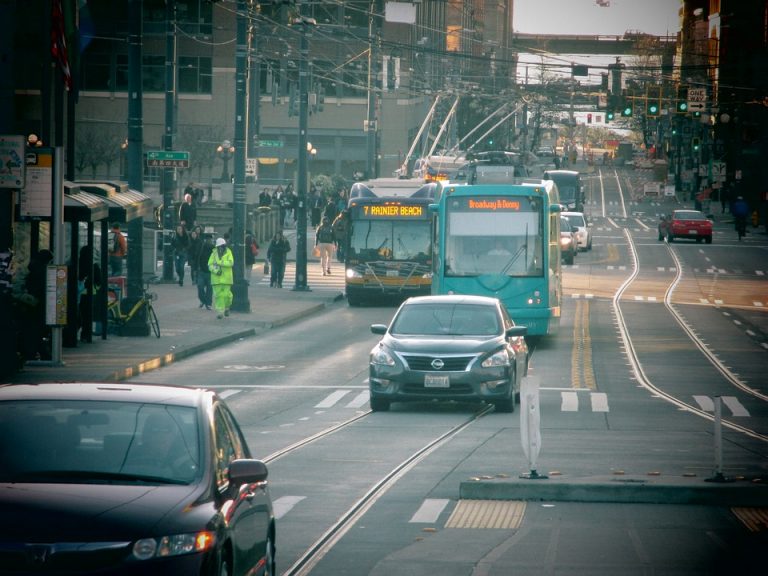Published on January 15, 2021

The introduction of ride-sharing companies, including Uber and Lyft, has been associated with a 0.7 percent increase in car ownership on average in US urban areas.
“In a lot of respects, this is not surprising,” says Os Keyes, PhD student at the Department of Human-Centered Design & Engineering at the University of Washington in Seattle. “If there’s money to be made in having a car, more people are likely to have cars.”
“As the largest mobility platform in the world, it is our responsibility to more aggressively tackle the issue of climate change and we want to do our part in driving a green recovery of our cities. That is why, last year, we have made a commitment to become a zero-emission mobility platform [in major cities in Europe, the US and Canada] by 2030, and globally by 2040,” said an Uber spokesperson. “While we are skeptical about the methodology of this study […] we will continue to work hard to create a greener and better future for all.”
Lyft said: “Lyft has helped remove almost half a million cars from our roads by investing in technology and services that reduce our dependence on personal vehicles. This includes managing the nation’s largest bike-share system, integrating public transit information directly into the Lyft app, and partnering with transit agencies across the country to increase mobility within their cities.”
“The paper uses an extremely broad data set covering the entirety of the US,” says Keyes. But similar studies in other countries are likely to yield different results, because of variation in urban density, poverty level and childlessness, they say. And since the study was conducted between 2011 and 2017, it won’t have picked up more recent changes in people’s travel habits, Keyes adds.
Continue reading at NewScientist.
Originally written by Layal Liverpool for the NewScientist.